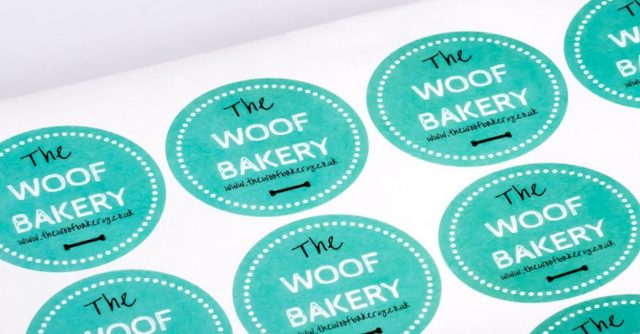Just like the name suggests, chemical resistant labels are labels that provide great resistance to industrial chemicals and solvents that are harsh and that other tags and labels would otherwise not stand. This includes industry solvents and chemicals such as methyl ethyl ketone (MEK), oil, fuel, ethanol, and more.
They come in a range of options, in different types, shapes, colors, and sizes, which can perfectly suit just about any requirement. The first thing you need to do is to consult with your expert so they can advise on the best option for you depending on your applications.
Benefits of Chemical Resistant Labels
Chemical resistant labels are generally used in industry application and are especially beneficial because of reasons such as these;
Cost-Effective
When it comes to harsh industrial chemicals and solvents, it could be costly to have to apply over-laminates. Chemical resistant labels are however made for that purpose. They are cost-effective and sufficient on their own. This means choosing chemical-resistant labels cut out the need for over-laminates, which are costly.
Provide a More Permanent Solution
Investing in high industrial grade adhesives provides a more permanent solution of labeling for different types of surface energy. This includes smooth surfaces, textured, and even powder-coated surfaces. A long-lasting solution also means less cost on replacements and damages.
Brand Awareness
One of the general purposes of labeling your products is a part of branding. They come in all shapes, colors, and sizes, and you can even have custom-made ones to match your brands’ value personality. More often than not, most products are recognized just by the design or look of their labels. Sometimes they act more or less like logos.
A Range of Options
As mentioned above, chemical-resistant labels come in a variety of options. This includes different colors, sizes, shapes, and designs. You can only tailor these options to your liking, preferences, and requirements. It also makes it available and suitable for just about any application.
What Types of Applications are Chemical Resistant Labels Good For?
There are many places and ways chemical-resistant labels are applied. This includes actuators, rating plate labels, metal enclosures, automotive component IDs, pumps and valves, motors and drives, engines, aerospace applications, electronic equipment, and more as such.
They also come in a variety of types to suit every tailored need. This includes permanent solvent acrylic, opaque, ultra-removable, heavy-duty, and high tack solvent acrylic, void or tamper-evident, removable, high-tack solvent acrylic, and more of such.
Whatever options you choose just comes down to your needs and requirements. This depends on your industry application, the strength of the chemicals and solvents you are using, cost and your budget, the material you need, and other details.
Factors to Consider When Choosing Labels
While choosing the types of labels for your products, whether it is chemical resistant or any other type, there are factors that you must keep in mind. They include;
Product Mobility
The first thing to consider is how much and how far your products will be moving and analyze where they spend the most time. Figuring out the behavior and movement of your products will help you determine the material most suitable for your labels.
Environmental Factors
You also want to figure out your environmental needs. Where the products sit or spend time the most will affect the performance of your labels. For example, if your products will be spending the most time outside, you might want a thermal transfer synthetic label.
Weather Conditions
The extremely high or low temperatures might significantly affect the efficacy of your labels. You want to pay attention to temperature. It makes a difference if you transfer a product that was in a 75-degree temperature to a -2-degree freezer. Adhesives are life savers when it comes to temperatures.

A professional writer with over a decade of incessant writing skills. Her topics of interest and expertise range from health, nutrition and psychology.



